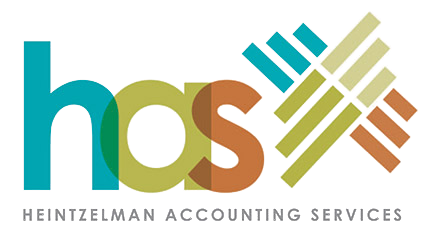Don’t yet have a merchant account through Intuit? Here’s what you’re missing.
You undoubtedly know people who have stopped carrying cash and checkbooks. So much business is transacted today using credit and debit cards that paper money and check are on their way to becoming endangered species.
If your business doesn’t yet accept credit or debit cards, you can be sure you’re losing sales. A merchant account can contribute to your company’s success in a number of ways. For example, it can:
· Improve your cash flow
· Build better customer relations
· Help you project a more sophisticated, professional image, and
· Provide added convenience for your staff and customers.
Figure 1: Going the way of the dinosaur? Not yet. But your business should definitely accept credit and debit cards.
A New Way of Working
Credit cards are convenient for both you and your customers, but you can expect a learning curve when you start to accept them. You’ll need to learn how to record payments and deal with things like the Intuit Merchant Service Center, chargebacks, and service fees. We can walk you through signup, implementation, and the early stages until you’re comfortable working on your own.
· If you sell products at a retail location, you know that plastic is handed back and forth more often than not these days. When you accept credit cards from your in-store shoppers, you’re making sales that you might not otherwise make if customers had to write out paper checks. Moreover, displaying credit car logos on your store’s windows and cash registers lets people know your store is plastic-friendly.
· Do you sell products in a web store, or do you plan to? 10 years ago, you might have been able to squeak by without accepting plastic. Not anymore. There’s too much competition, especially from behemoths like Amazon that are big enough to offer their own branded credit cards, not to mention the discounts, free shipping, and other benefits they can afford to pass along.
· You can use a merchant account is to accept credit and debit card payments for sales you record directly in QuickBooks, generally to satisfy a debt recorded in an invoice from you. You’ll be able to enter customers’ bank card numbers in their individual records and earmark them as preferred payment methods to save time when you’re filling out the Receive Payments screen.

Figure 2: Bookkeeping can be much easier – and funds can move faster – when you accept credit card payments in QuickBooks. But they must be recorded thoroughly and accurately, and you’ll need to make sure that the box in front of Process [VISA, Mastercard, etc.] payment when saving is checked.
· You probably have occasion to talk up your company’s products or services when you’re out of the office. You might direct prospects to your website or retail location. You could sell remotely (at a conference, art fair, etc.), taking a check or writing down a credit card number, then scratching out a paper receipt and re-entering all of the information when you get back to the office. However, an Intuit merchant account will allow you to actually process that payment using your mobile device and then email or print a receipt on the spot.
The relationship between your merchant account and your QuickBooks files varies depending on the way you’re receiving payments. You may have to move some funds over manually, and it’s critical that you do this right. As always, we’re available to help with this process, and with any other QuickBooks questions you might have. Dealing with a new merchant account is one of the trickier procedures you’ll encounter, but we think you’ll find that the benefits outweigh any temporary need for assistance.


Recent Comments